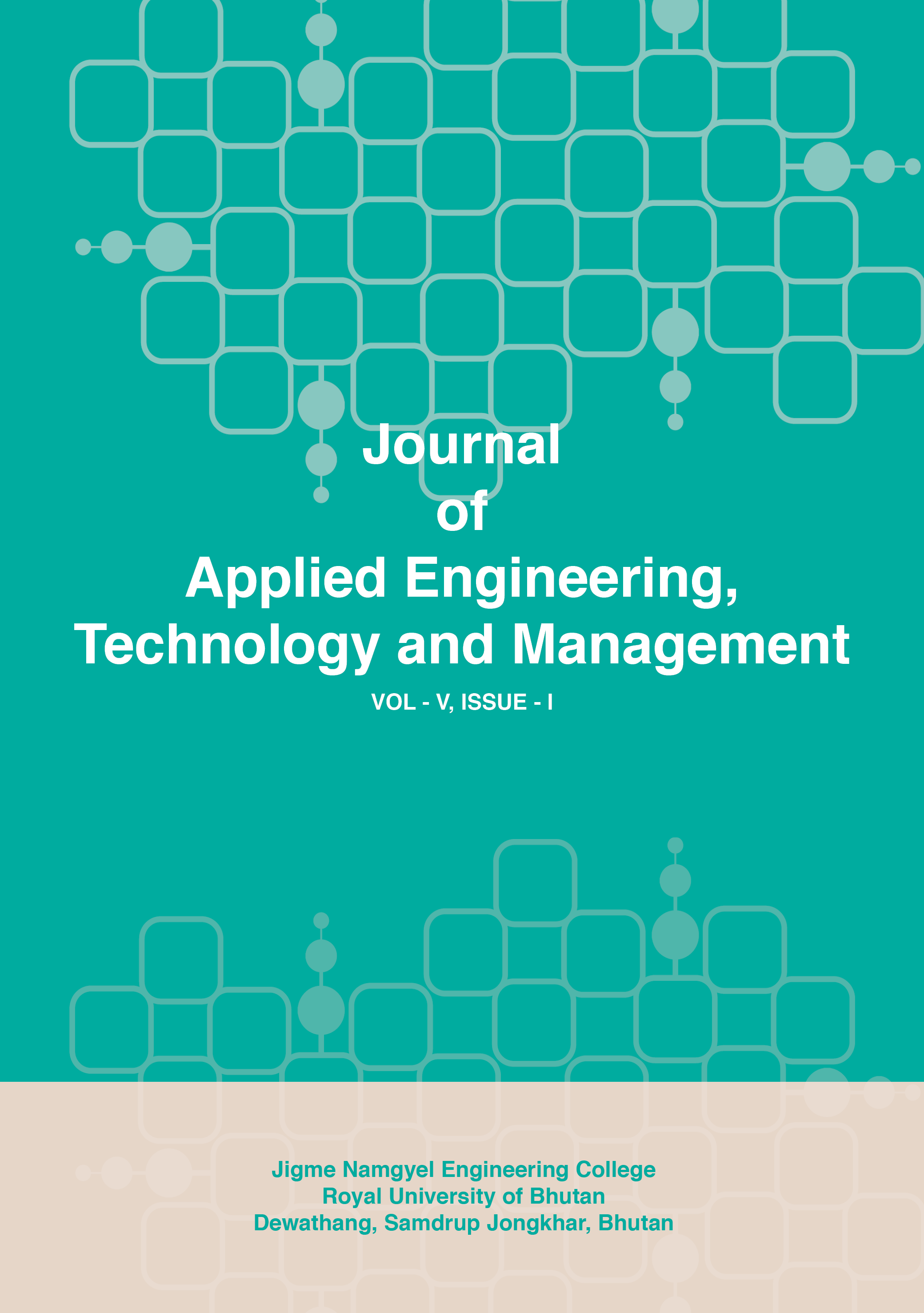Iterative Development and Reverse Engineering for Optimized College Support Operations
DOI:
https://doi.org/10.54417/jaetm.v5i1.124Keywords:
College management Support, Helpdesk, Issue resolution, JNEC Support System, Iterative Development, Reverse EngineeringAbstract
In the college management system, the JNEC Support System appears as a vital solution, streamlining assistance for students, faculty, and staff of Jigme Namgyel Engineering College (JNEC). Recognizing a centralized platform, the proposed system aims to ease the challenges associated with navigating various departments and queues, fostering a unified and supportive experience for students. Concurrently, it eases the workload of faculty, allowing them to concentrate on their main responsibilities. Critical limitations have been identified in the existing "JNEC Helpdesk," such as lack of notification upon issue submission, unassigned tasks, and an inability to track issue resolutions. Reverse engineering played a crucial role, involving a careful analysis of the current system to loosen its underlying structure, functionalities, and processes. This method allowed us to gain a comprehensive understanding, even in the absence of complete design documentation or source code. The proposed system incorporates significant enhancements, including an academic-related support feature, eradicating the need for in-person meetings, and facilitating visual context through picture uploads. Monthly reports now provide comprehensive insights into both unresolved and resolved issues, empowering informed decision-making. Task assignment notifications via email ensure swift and efficient issue resolution by designated staff members. The key outcome is an enhanced JNEC Support System, featuring an intuitive interface for unified issue filing, accurate record keeping, and transparent progress tracking. Addressing academic, infrastructure, and administrative concerns, the system establishes a transparent and efficient mechanism for complaint resolution. This system also fosters improved communication and collaboration across the JNEC community. The significance lies in enhancing user experience, ultimately creating a supportive and transparent college environment.
References
[1] S. Kusasira, A. Arinaitwe, and J. Nuwagaba, “Online Help Desk System Guide to Enhance Learning,” 2023. [Online]. Available: http://www.cavendish.ac.ug
[2] S. Alexander and T. Golja, “Using Students’ Experiences to Derive Quality in an e-Learning System: An Institution’s Perspective,” 2007. [Online]. Available: https://www.researchgate.net/publication/220374227
[3] M. H. Aabidi, B. el Mahi, C. Baidada, A. Jakimi, and H. Ammar, “Benefits of Reverse Engineering Technologies in Software Development Makerspace,” ITM Web of Conferences, vol. 13, p. 01028, 2017, doi: 10.1051/itmconf/20171301028.
[4] Y. Tshering, S. P. Kamishetty, and H. Sarwarzadah, “Event Management for Social Service Website Using Ruby on Rails: BTO Event View Application Developed Implementing Collaborative Technique,” World Journal of Research and Review, vol. 13, no. 6, Dec. 2021, doi: 10.31871/wjrr.13.6.5.
[5] S. Mehravani, N. Hajiheydari, and M. Haghighinasab, “ITIL Adoption Model Based on TAM.”[Online]. Available: [link not provided] Volume V, Issue I ISSN (PRINT): 2707-4978 & (ONLINE): 2789-084895
[6] T. Thongley and Y. Tshering, “Digital Landslide Risk Mapping and Landslide Database for Bhutan Through Mobile App for Bhutan,” in Proc. Geoinformatics for Spatial-Infrastructure Development in Earth and Allied Sciences (GIS-IDEAS), Dec. 2024, doi: 10.1109/GIS-IDEAS63212.2024.10991118.
[7] Y. Tshering, T. Yangchen, K. J. Wangchuk, W. Dorji, S. Pelzang, and T. Wangchuk, “Innovative solutions for Democratic Processes: A Case Study on Secure JNEC Voting System,” Journal of Applied Engineering Technology and Management, vol. 4, no. 1, 2024, doi: 10.54417/jaetm.v4i1.123.
[8] A. Yadav, “React JS JWT Authentication | React JS Laravel Auth | React JS Login Authentication Routes,” YouTube, Feb. 11, 2024. [Online]. Available: https://www.youtube.com/watch?v=9tlute6epkk
[9] Node.js Documentation, “Index | Node.js v21.6.1 Documentation,” Accessed: Feb. 11, 2024. [Online]. Available: https://nodejs.org/docs/latest/api/[10] W3Schools, “JavaScript Tutorial,” Accessed: Feb. 11, 2024. [Online]. Available: https://www.w3schools.com/js/
[11] CodeWithVishal, “Build CRUD Application with ReactJS NodeJS ExpressJS & MySQL from Scratch,” YouTube, Feb. 11, 2024. [Online]. Available: https://www.youtube.com/watch?v=8ly39na3LLM
Downloads
Published
How to Cite
Issue
Section
License
Copyright (c) 2025 Copyright (c) 2025 Journal of Applied Engineering, Technology and Management (JAETM)

This work is licensed under a Creative Commons Attribution-NonCommercial 4.0 International License.


